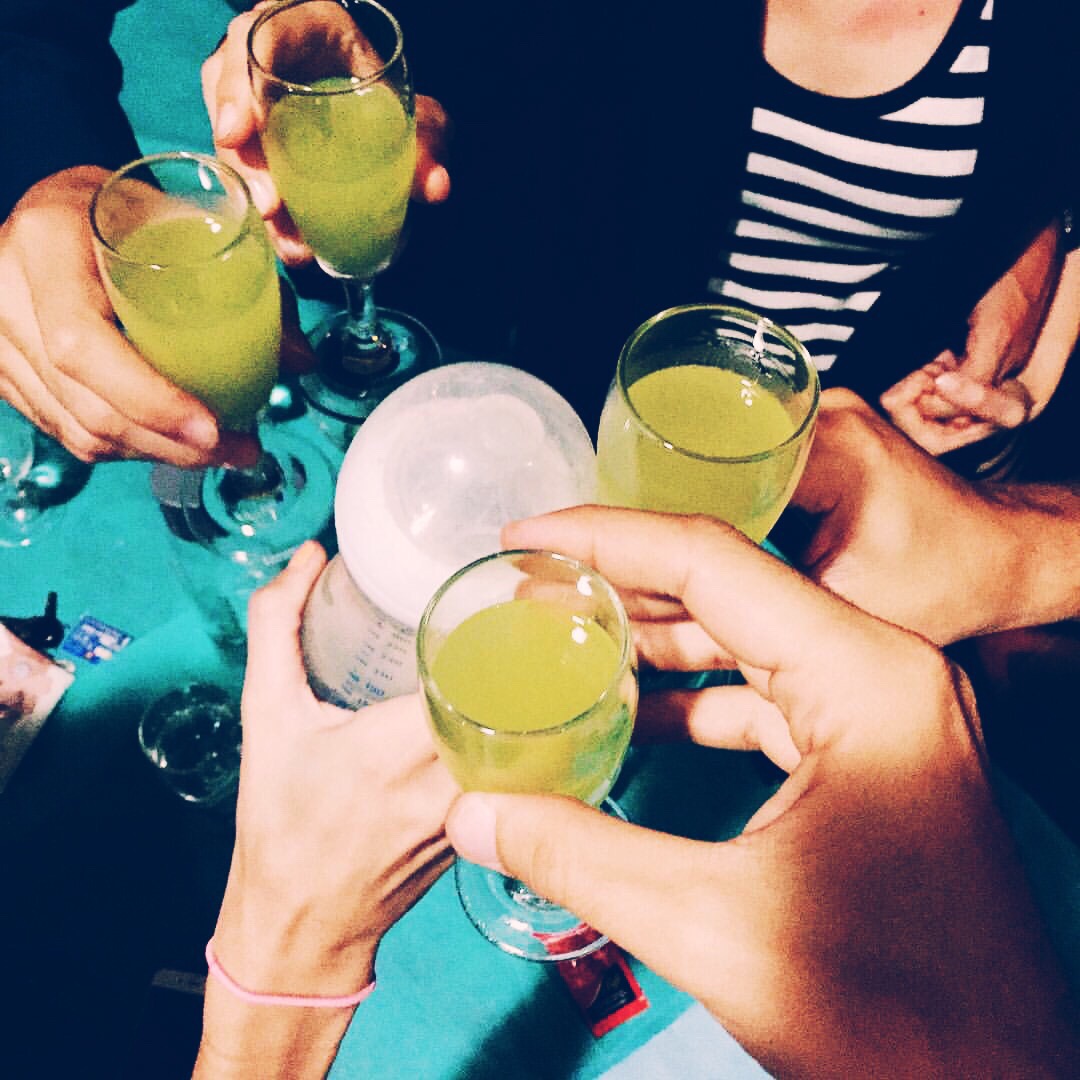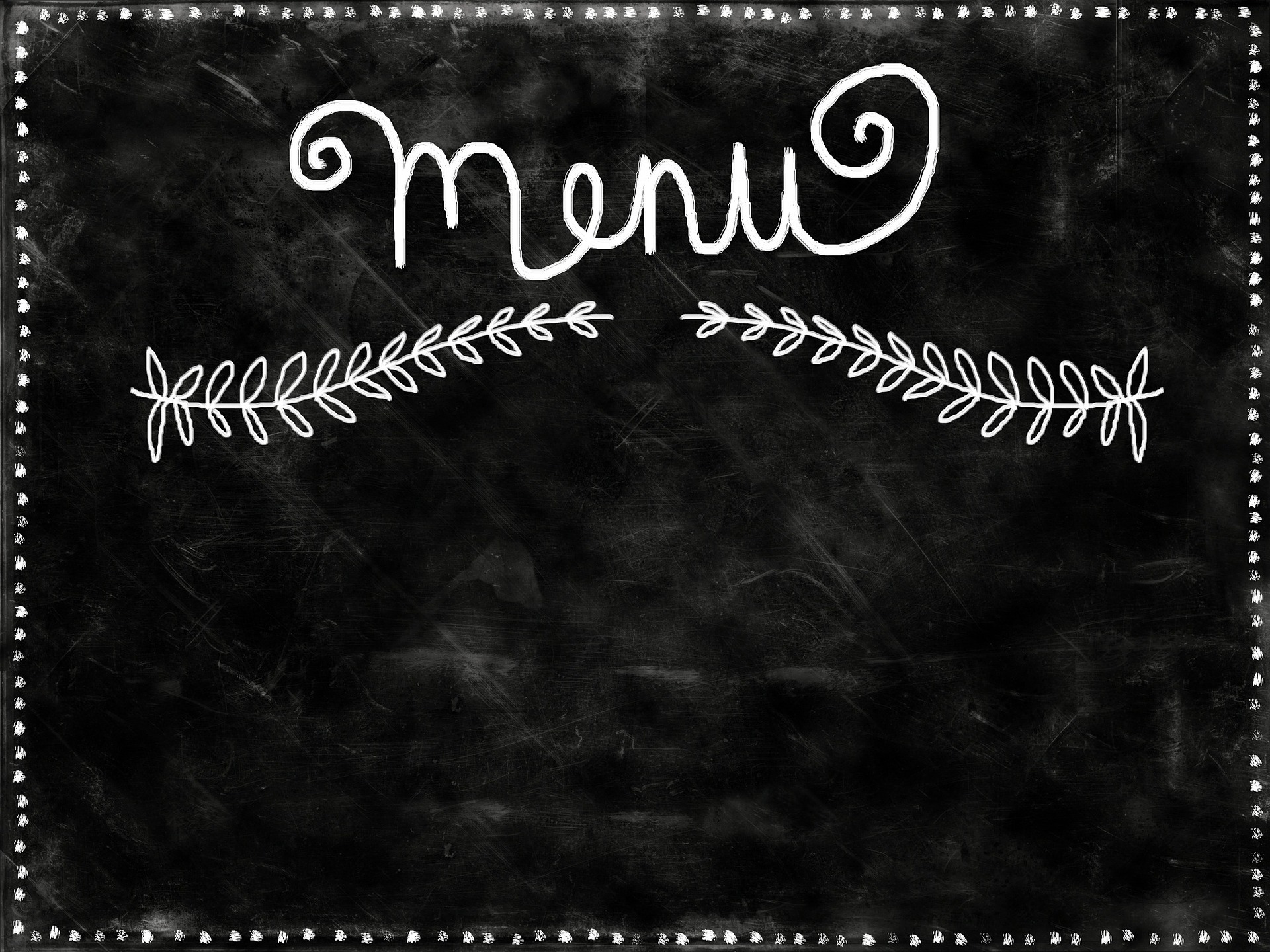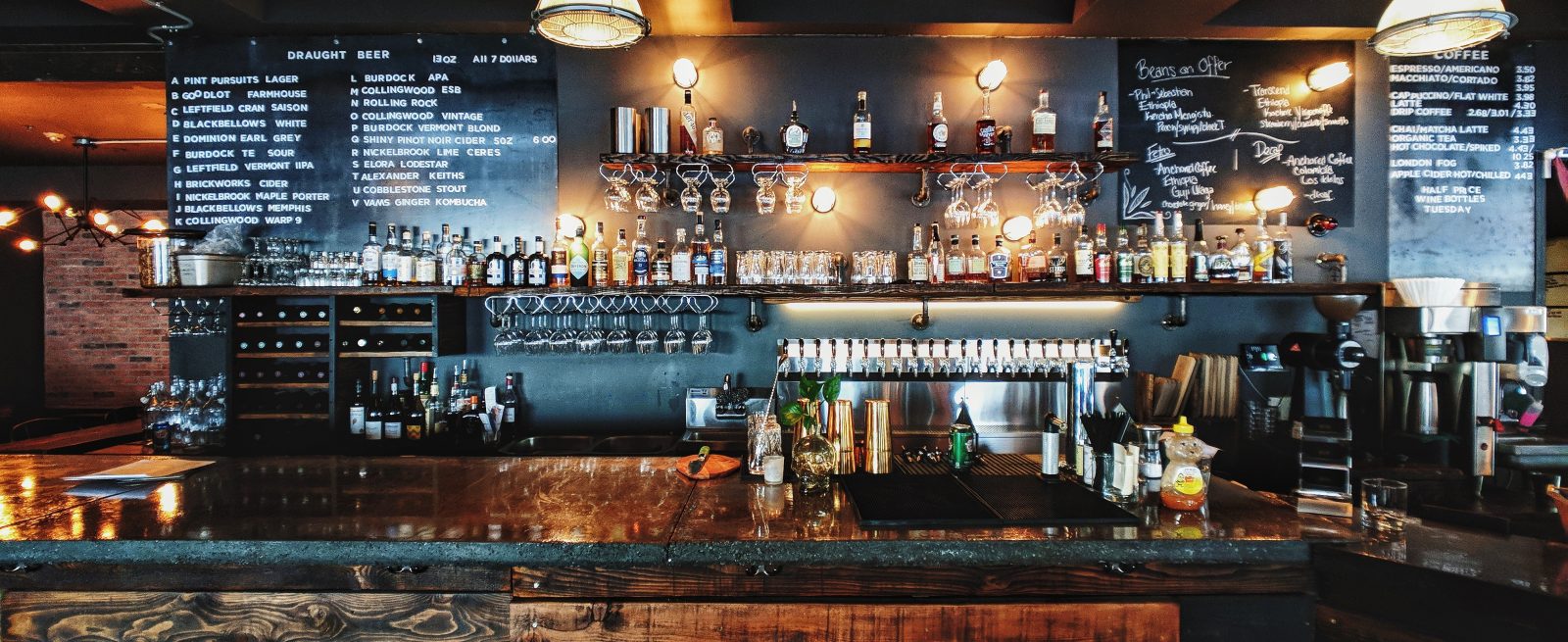Growing Your Restaurant’s Profit Margins
6 Min Read By Kyle Thacker
A growing economy has served the restaurant industry well. Projected sales for restaurants are expected to hit $863 billion dollars in 2019, a record number for the industry. But full-service restaurants are falling behind fast-casual eateries in terms of growth and earning potential. Full-service restaurant operators with an eye on the future need to find new ways to grow restaurant profit margins to sustain success.
There are two ways that a business can grow profits: Increase sales and decrease costs.
Both approaches have their own unique set of difficulties, but with the right strategy, savvy operators can implement strategies that will help them tap into higher profits and long term success.
Alcohol Sales are a Springboard for Higher Profits
Alcohol sales often have the highest profit margins for restaurants.
The restaurant and nightclub Tao Las Vegas consistently ranks as the highest earning restaurant in the country. One reason they’re so profitable are Tao’s alcohol sales. Alcohol sales makeup more than 50-percent of the Tao’s sales. The national average for restaurants hovers around 20 – 25 percent, so you can see that alcohol is an engine that drives profits.

It would be tough for most restaurants, independent or corporate, to match the Tao’s massive success, but the lesson of leveraging alcohol sales to drive profits should be learned.
Why alcohol is such a profitable sales segment
-
Labor costs behind the bar are much lower than in the kitchen
-
Alcohol can have large markups for prices, upwards of four times the wholesale cost*
-
Alcohol has a longer shelf life than produce and meat, so bars can limit waste that eats profits
-
Alcohol provides many opportunities for bartenders and staff to upsell
*Some states restrict price markups, like limiting bottled wine to a two times markup from the wholesale price.
How to increase profits with alcohol
- Have a strong wine by-the-glass program: Glass pours attract customers who may not want to splurge on a bottle. The price for a single glass pour can sometimes equal the wholesale cost of a bottle.
- Create a cocktail program with high profit margins:The average cocktail pour cost is between 20 – 25 percent. Aim to create high selling cocktails with a pour cost around 12-15 percent. Vodka is the most popular liquor in the United States, and is one of the least expensive liquors. Make sure to include a few crowd-pleasing vodka based cocktails made at low costs.
- Pre-Batch Cocktails: Pre-batching cocktails helps reduce ticket times when making drinks so guests receive their drinks faster. They will also limit waste behind the bar by reducing overpours, spillage, and mistakes.
Get Your Inventory in Check
Poor habits for managing inventory can kill profits by driving up food and liquor costs. By improving how you track and analyze your inventory, you can reduce waste, overspending, and find underperforming products on your menus.
Luckily, it’s easier than ever to improve inventory controls. The growth of restaurant software and applications has matched the growth in restaurant sales to create a marketplace full of platforms built to improve operations.
There are more tools to manage your products than ever. But before choosing a new software to bring into your restaurant, you’ll have to build a smart strategy for inventory that affects a positive impact on your bottom line.
Set a schedule
For inventory control to be effective, it needs to be consistent. That includes when and how often you take inventory. Set a schedule and stick to it!
Keep Records
Make sure to save inventory data in a file or software program so you can reference past inventory details to track performance.
Track a lot of Data Points
Inventory records should include more than just the physical counts of products on hand. Record data points like product costs, cost per ounce, targeted profit margins, counts for inventory locations and more.
Choosing Inventory Software and Apps
We mentioned the growth of inventory technology. That growth means there are a lot of companies providing tech services for restaurants. It’s important to look at different programs to see which platform will be the best for your business. Research information such as costs, features, and the onboard process to find a service that best fits your business’s needs.
Along with inventory management, a good inventory app should have features that help control costs, track orders with vendors, and provide reporting to analyze performance for bar and kitchen inventory.
Menu Engineering is a New View on Profit Margins
Menu engineering is an approach to building menus to propel sales and increase profits generated by each sale. In addition to optimizing menu design and organization, menu engineering offers a unique philosophy to menu pricing.

The most common way bars and restaurants price menu items is by taking a products cost (what restaurants pay for it) and multiplying that cost by a certain percentage so the sale price hits a desired profit margin.
But that approach isn’t always the most profitable.
Menu engineering looks at pricing from the view of contribution margin. This is the dollar value that a product contributes to a restaurant’s gross margin when it is sold.
Here’s an example that explores these two approaches to highlight ow menu engineering can help your menu become more profitable.
Say you’ve brought in a new bottle of premium scotch for your restaurant. You’re looking to hit a 20-percent cost margin for your liquor. The bottle of scotch cost you $65, so you price it at $26 for a two-ounce pour. At this price, you’ve hit your 20-percent liquor cost goal.
But you see that the scotch isn’t selling. You realize you have to lower the price because it is too expensive for your customer base. You drop the menu price to $20.
But this might not be a bad thing when viewed through menu engineering’s contribution margin.
In this example, the new scotch is adding $0 to gross profits because it hasn’t sold.
At $20 for two-ounces, the cost margin on the scotch is closer to 15-percent. But at a lower price, people start ordering it.
Now, each sale of the scotch generates $14.83 of gross profit. Much better than the zero contributed with the higher menu price.
The next step of menu engineering is to weigh how the dollar contribution of one menu item compares to a different but similar item on your menu. Say there is a different scotch on your menu that is a high seller and sells for $15 per order, which lines up with your 20-percent cost margin goal. This scotch generates $12 of profit for every glass sold.
But that $12 is a lower contribution margin than the $14.83 contributed by the new premium scotch. Even though the profit margin is lower, the premium scotch sale is generating more dollars per sale than the scotch with a higher profit margin.
Lowering percentages for some items can increase the actual dollars generated per sale. An added bonus is that lower prices for premium products can make them appeal to a wider range of customers, increasing their likelihood to sell. So in some cases, especially with higher priced items, it’s better to view sales in dollars and not percentages.
To be successful with menu engineering, you will have to do research on your menu and sales to see where there are profit gaps that could be filled by adjusting prices.
Track Your Customer Acquisition Cost
Restaurant marketing is difficult. And when its carried out by managers or in-house staff, it can be difficult to know if your marketing efforts are working. But if you’re spending money on marketing to attract new customers, then it’s really important to know if you’re wasting money.
A customer acquisition cost (CAC) is how much money it costs to bring in a new customer through a specific marketing campaign. The lower your customer acquisition cost, the more effective the marketing campaign is. Some of the most basic marketing strategies for restaurants include social media, neighborhood mail campaigns, and email newsletters.
These are all great tactics. But knowing your CAC is important to determining if each strategy is a success or not. Finding out what works and what doesn’t will help you decide how to spend marketing dollars in the future.
Tracking and determining customer acquisition costs
Any marketing promotion should include a way to track when it brings a new customer into your business. For example, say you’ve launched a campaign that mails a flyer promoting a 10% drink discount to every home in your restaurant’s neighborhood based on zip code.
Each mailer should have a promo code or a button in your point of sale associated with the promotion so bartenders and servers can enter in the discount. This helps you track customers and sales generated by the campaign.
After you’ve run the promotion, you can run a sales report to see how many new customers came into the restaurant with their drink promotion discount.
To find out your customer acquisition cost for this promotion, you would use the following formula.
Marketing Expenses / # of New Customers
If you spent $1,000 on the marketing promotion and it brought in 50 new customers, this is how you’d determine your CAC:
1,000 / 50 = 20
So you spent $20 for every new customer you brought in through this promotion. You can then weigh your CAC against the sales generated by the promotion to see if it was worth it. And you can use these costs compare one marketing promotion against another. By tracking your restaurant or bars customer acquisition cost, you can decide which types of promotions work and which ones don’t.


